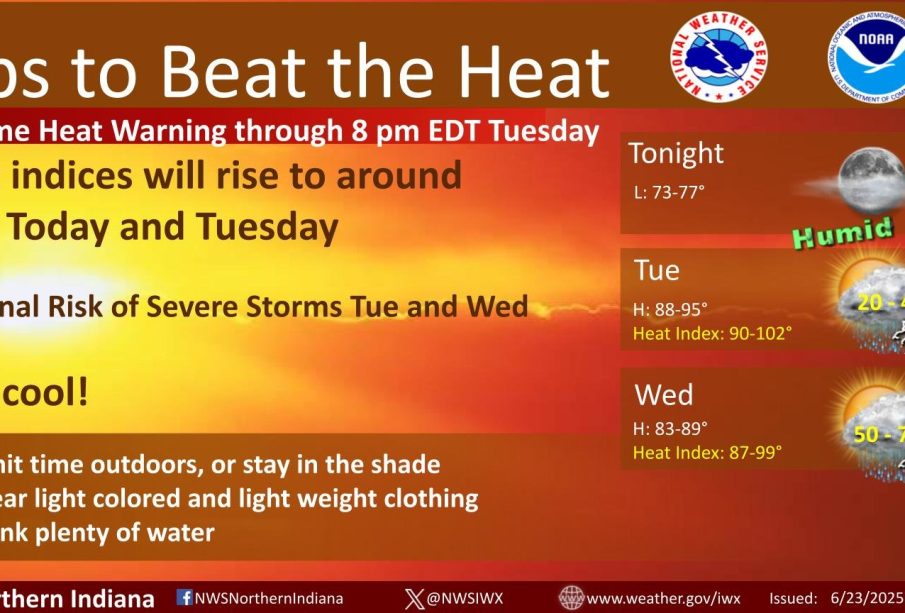Understanding Heat Warnings and How to Stay Safe

Introduction to Heat Warnings
As the summer months approach, many regions in Canada are experiencing significant heat waves, leading to the issuance of heat warnings by meteorological authorities. Heat warnings are crucial as they alert the public to dangerous weather conditions that can lead to health risks, particularly for vulnerable populations such as the elderly, children, and those with preexisting health conditions. Understanding the implications of a heat warning and knowing how to stay safe is essential as extreme temperatures become more frequent due to climate change.
Current Heat Warnings Across Canada
Recent reports indicate that several provinces, including Ontario, British Columbia, and Alberta, are currently under heat warnings. These warnings are typically issued when temperatures are expected to soar above 30 degrees Celsius, combined with high humidity levels, making it feel even hotter. The heat index can significantly impact individuals’ health, particularly those who engage in outdoor activities or do not have access to air conditioning.
The government of Canada has been proactive in disseminating information about these warnings and providing safety tips. For instance, they recommend staying indoors during the hottest parts of the day, drinking plenty of water, and planning outdoor activities for the cooler morning or evening hours. People are also advised to check on those who might be more susceptible to heat-related illnesses, such as the elderly or individuals living alone.
The Health Risks of Heat Exposure
Exposure to extreme heat can lead to heat-related illnesses such as heat exhaustion and heat stroke, both of which are serious and potentially fatal conditions. Symptoms of heat exhaustion include heavy sweating, weakness, dizziness, nausea, and headache. Conversely, heat stroke is a medical emergency that may lead to confusion, loss of consciousness, and even death if not treated promptly.
Conclusion: The Importance of Staying Informed
As heat warnings become more common due to changing climate patterns, it is vital for Canadians to stay informed and prepared. Government agencies, including Environment Canada, continuously update the public on weather warnings and advisories. Individuals can also monitor local news sources, social media updates, and weather apps to receive timely information. By taking these preventive steps and adhering to safety guidelines, Canadians can mitigate the risks associated with extreme heat and protect themselves and their communities.









